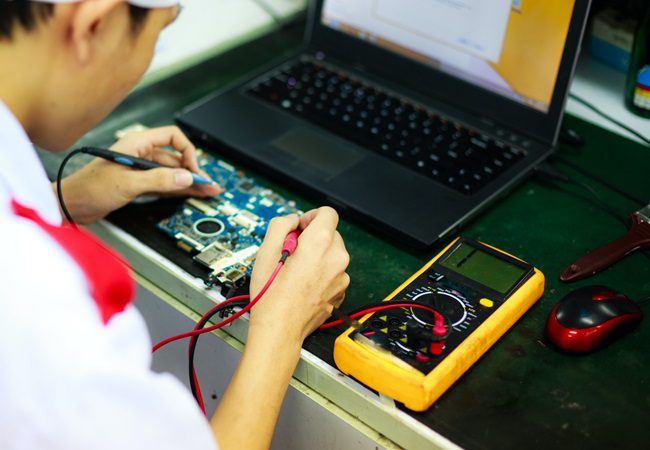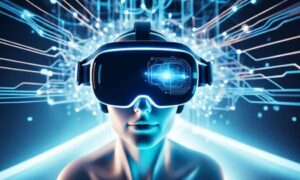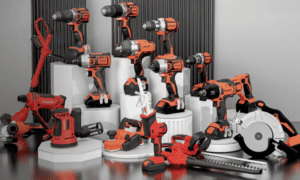Introduction:
In the ever-evolving landscape of technology, wearable electronics have emerged as a transformative force, seamlessly integrating into our daily lives and reshaping the way we interact with the digital world. From fitness trackers to smartwatches and augmented reality glasses, these devices are more than mere accessories; they are gateways to a connected, data-driven existence. This article aims to demystify wearable electronics, exploring their impact on our lives, the technology behind them, and the exciting possibilities they offer.
The Evolution of Wearable Electronics:
The concept of wearable technology is not a recent phenomenon. It dates back to the early wristwatches and calculators strapped to belts. However, the real leap occurred with the advent of miniaturized sensors, powerful processors, and advancements in battery technology. These components paved the way for the development of sophisticated wearable devices capable of monitoring health, enhancing productivity, and providing seamless connectivity.
Smartwatches:
Beyond Timekeeping:
Smartwatches have become ubiquitous wrist companions, offering far more than just the ability to tell time. These devices have evolved into multifunctional gadgets that can track fitness metrics, receive notifications, and even act as an extension of our smartphones. With intuitive touchscreens and voice recognition, smartwatches have seamlessly integrated into our daily routines, becoming indispensable tools for both productivity and leisure.
Fitness Trackers:
Your Personal Health Coach:
The fitness industry has witnessed a revolution with the introduction of wearable fitness trackers. These devices go beyond basic step counting; they monitor heart rates, analyze sleep patterns, and provide real-time insights into various aspects of physical well-being. Wearable fitness tech has empowered individuals to take control of their health, fostering a culture of proactive wellness.
Augmented Reality (AR) Glasses:
A Glimpse into the Future:
The integration of augmented reality into wearable devices, notably AR glasses, represents a paradigm shift in how we perceive and interact with the world. AR glasses overlay digital information onto the user’s physical environment, opening up possibilities in gaming, navigation, education, and even professional fields like healthcare and engineering. As this technology advances, the line between the virtual and real worlds continues to blur.
Smart Clothing:
Fashion Meets Functionality:
Beyond wrist-worn devices, wearable technology has infiltrated our clothing. Smart fabrics and embedded sensors in clothing items enable real-time health monitoring, posture correction, and even climate adaptation. The fusion of fashion and functionality in smart clothing demonstrates the potential for technology to seamlessly integrate into our everyday lives without compromising style.
The Technology Behind Wearable Electronics:
The magic of wearable electronics lies in the intricate combination of hardware, software, and design. Miniaturized sensors, such as accelerometers and gyroscopes, capture data on movement and orientation. Advanced biometric sensors measure heart rate, blood pressure, and other vital signs. Powerful processors analyze this data, while efficient batteries provide the necessary energy for continuous operation. The software, often in the form of companion apps, translates raw data into meaningful insights for users.
Connectivity and the Internet of Things (IoT):
Wearable electronics thrive in an era of connectivity, thanks to the Internet of Things (IoT). These devices seamlessly communicate with smartphones, tablets, and other connected gadgets, creating an interconnected ecosystem. This synergy enables users to receive notifications, control smart home devices, and access a myriad of services directly from their wearables. The interconnectedness of devices enhances the overall user experience, making wearable technology an integral part of the IoT landscape.
Enhancing Productivity and Efficiency:
Wearable electronics are not limited to personal wellness; they are also powerful tools for enhancing productivity. Smartwatches, for instance, enable users to manage emails, calendar events, and receive important notifications on the go. AR glasses find applications in industries like logistics and maintenance, providing hands-free access to crucial information, manuals, and instructions. These devices empower users to stay connected and informed without being tethered to a desk or handheld device.
Challenges and Concerns:
Despite the myriad benefits, wearable electronics face challenges and concerns. Privacy issues, data security, and the potential health impacts of prolonged wearable use are subjects of ongoing debate. Striking a balance between innovation and addressing these concerns is crucial for the continued acceptance and integration of wearable technology into our lives.
The Future of Wearable Electronics:
As technology continues to advance, the future of wearable electronics holds exciting possibilities. Biometric sensors may become even more accurate, enabling advanced health monitoring. Augmented reality experiences could become more immersive and integrated into our daily activities. Innovations in materials may lead to more comfortable and stylish wearable designs. The potential for wearable electronics to evolve and enrich our lives seems limitless.
Conclusion:
Wearable electronics have transcended the realm of novelty gadgets, becoming integral tools that enhance our daily lives. From monitoring our health to providing real-time information and augmenting our reality, these devices have evolved into indispensable companions. As technology continues to advance, wearable electronics are poised to become even more seamlessly integrated into our lives, offering a glimpse into a future where the boundaries between the digital and physical worlds fade away. Embracing the potential of wearable technology opens doors to a more connected, informed, and empowered way of living, heralding an era where innovation converges with everyday existence.

































